The brewing crisis behind your cup
Coffee is more than a morning ritual. For millions of people, it’s a livelihood — and for many of us, it’s a small joy that sets the tone for the day. But behind the comfort of your daily brew, there’s a growing issue that’s reshaping the future of coffee: climate change.
What’s changing in coffee-growing regions?
Coffee is a fussy plant. It thrives only within the so-called “Bean Belt” — a narrow band around the equator that offers just the right balance of temperature, rainfall, altitude, and shade. But as global temperatures rise, these ideal growing conditions are becoming less predictable.
Regions like Brazil, Colombia, and Kenya — all homes to some of the world’s most exquisite coffees — are already experiencing the effects. Rising temperatures, erratic rainfall, prolonged droughts, and more frequent pests and diseases are pushing farmers to the brink. In fact, studies suggest that by 2050, up to 50% of the land currently suitable for growing Arabica coffee could become unsuitable.
The impact on quality and quantity
It’s not just the quantity of coffee that’s at stake — it’s the quality too. The slow maturation of coffee cherries at higher altitudes is what helps create those rich, complex flavours in high-grade speciality coffees. But with rising temperatures, cherries ripen faster, often leading to flatter, more bitter cups.
Farmers are also battling pests like the coffee borer beetle and leaf rust, both of which are thriving in warmer conditions. These not only damage crops but put enormous financial pressure on small-scale growers who lack the resources to combat them.
Who’s affected most?
Smallholder farmers — many of whom live in developing countries — are on the frontlines. They’re already operating on tight margins, and climate stress adds yet another layer of difficulty. Adapting to climate change often means investing in new equipment, planting shade trees, changing harvesting methods, or even moving farms to higher elevations — changes that aren’t always feasible for families just trying to survive.
How does this affect us as drinkers?
Expect coffee prices to fluctuate more, and certain beans to become harder to find. But it’s not all doom and gloom. The growing awareness of climate change within the industry is pushing innovation and stronger support networks for farmers. Many roasters, including us at The Aviary, are prioritising relationships with producers who are adopting sustainable and resilient farming practices.
How The Aviary supports climate-conscious coffee
At The Aviary, sustainability isn’t a buzzword — it’s baked into everything we do. We choose suppliers who focus on ethical, shade-grown, and environmentally responsible farming methods. Some of our coffees come from Bird Friendly certified farms — a gold standard for biodiversity. And with 5% of our profits going to conservation efforts (this year to Macaw Mountain Bird Park in Honduras), every cup you buy supports real solutions to real environmental challenges.
What can you do?
Honestly? Keep drinking great coffee — but choose it wisely. Support roasters who value transparency, sustainability, and fair trade. Look for certifications like Rainforest Alliance or Bird Friendly, and don’t be afraid to ask where your beans come from.
Because coffee, at its best, doesn’t just taste good. It does good.
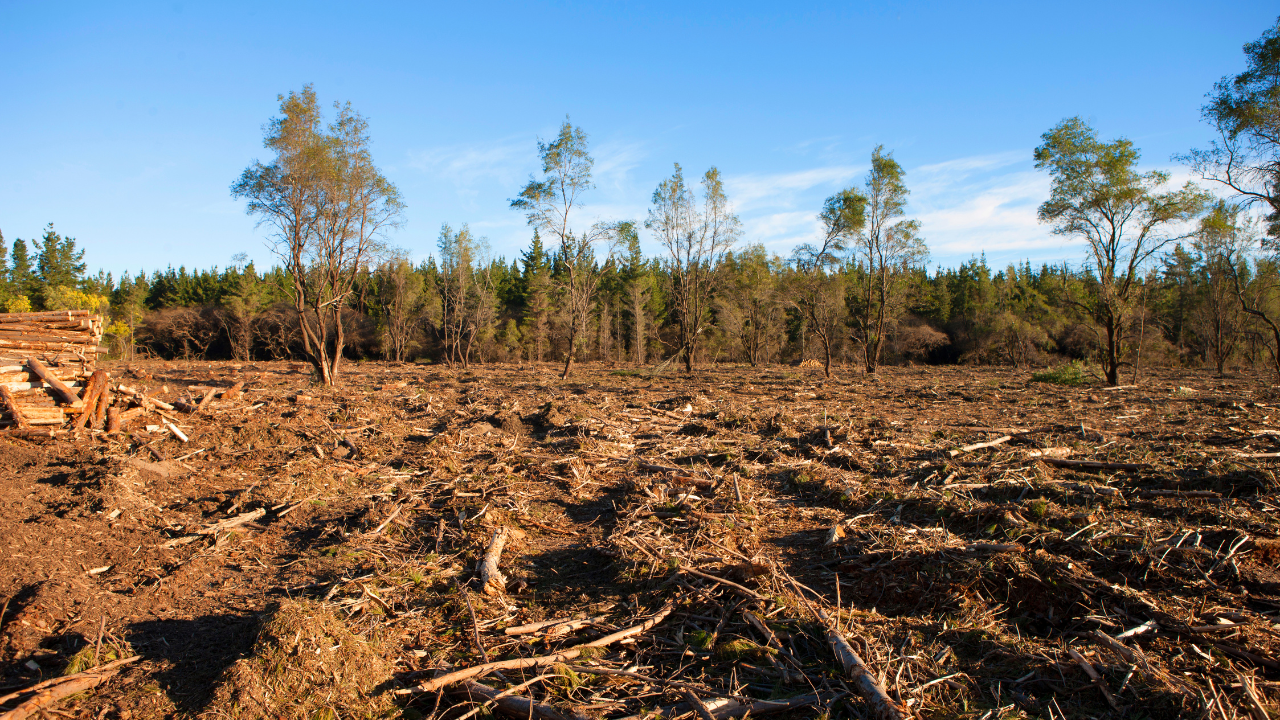



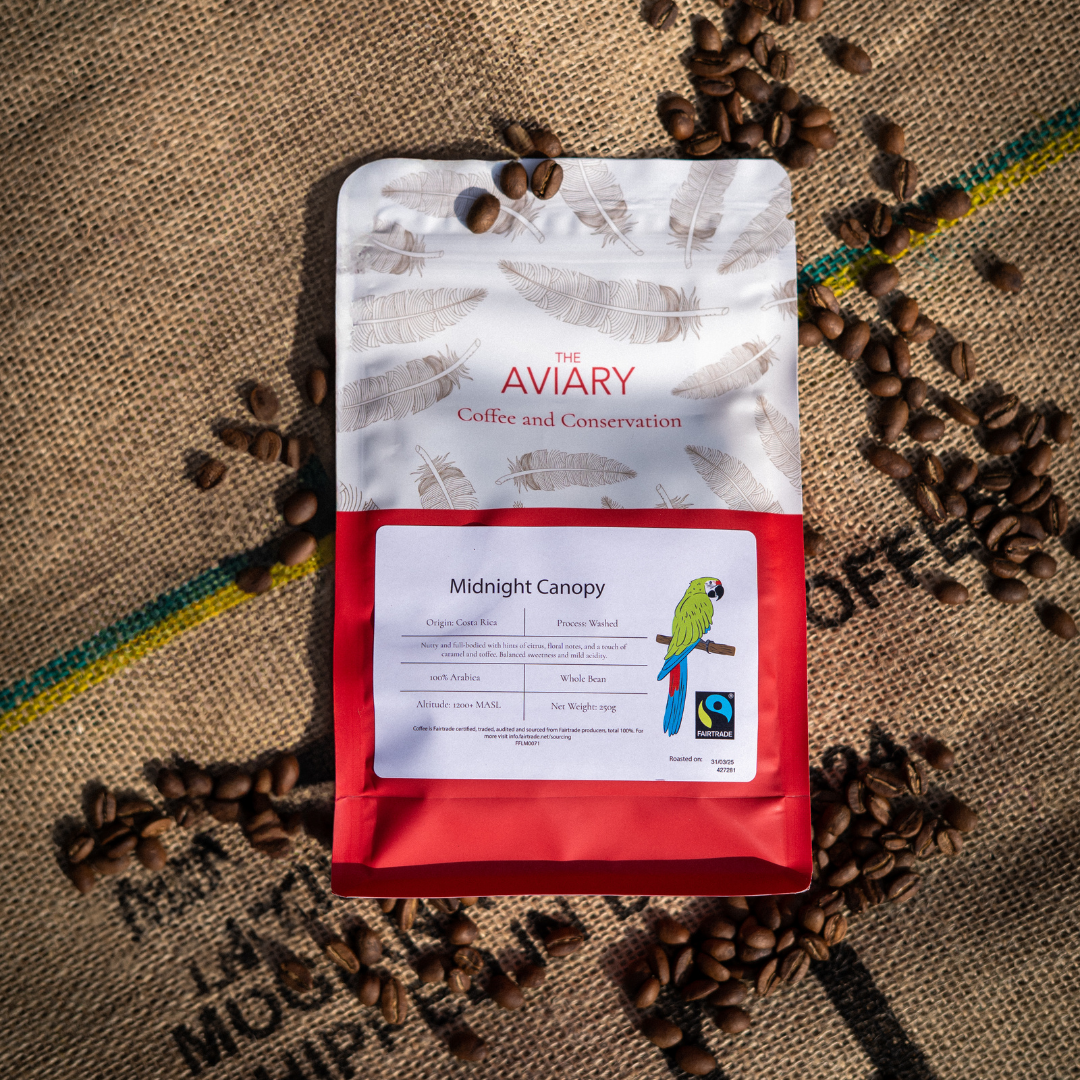
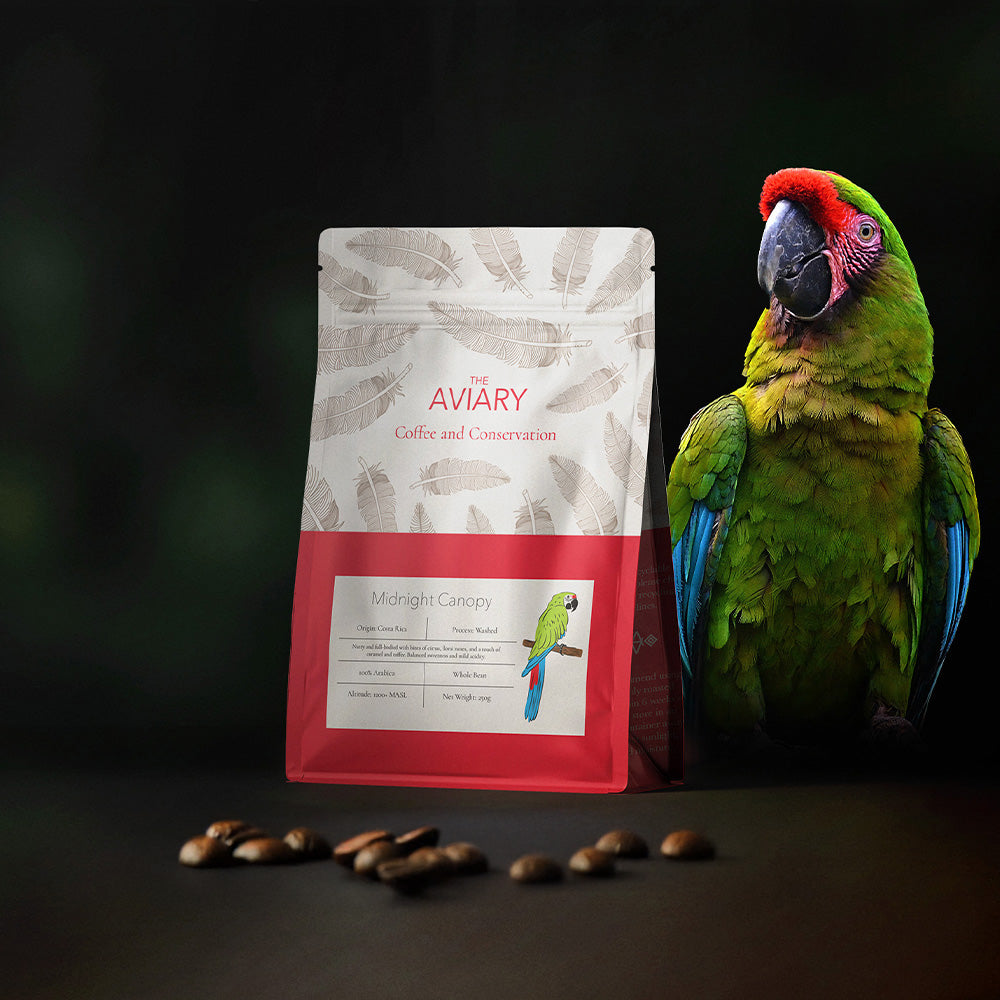
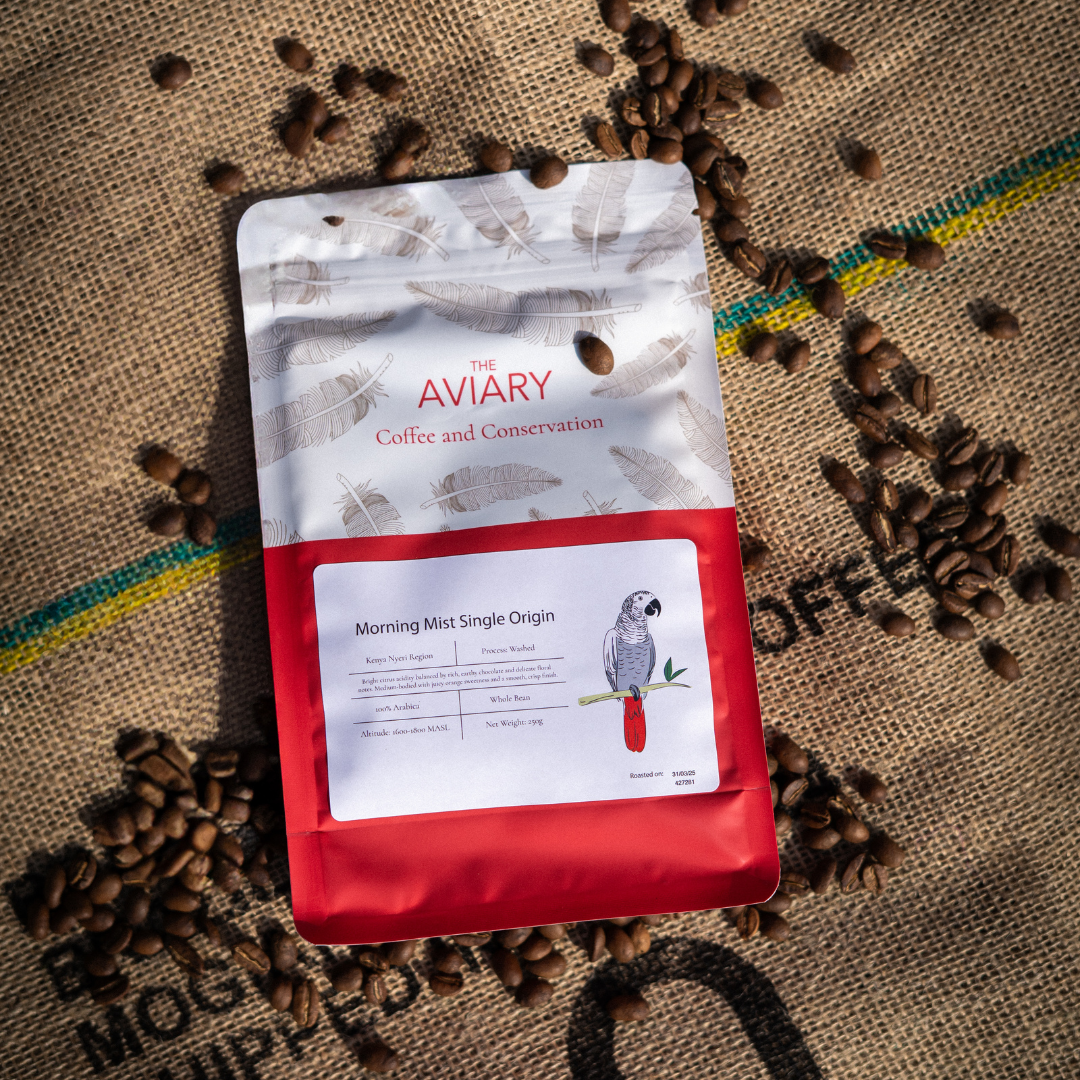
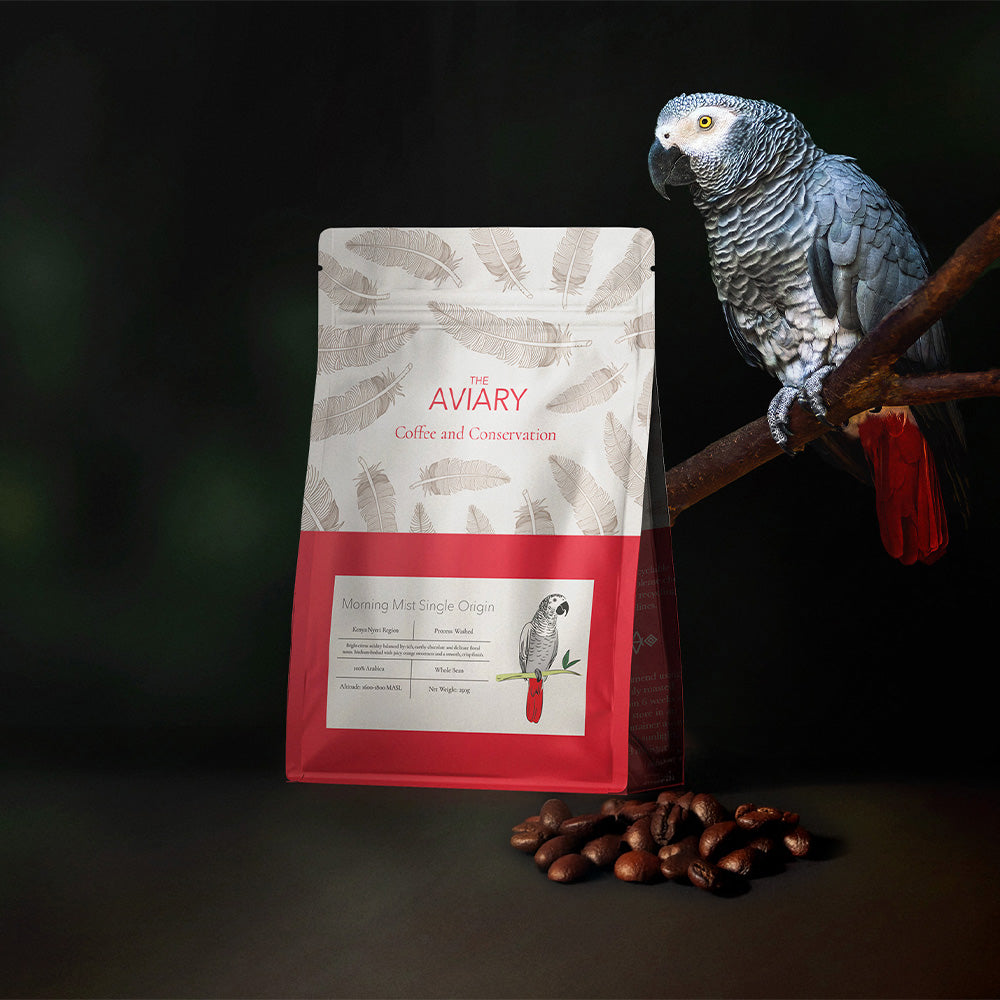

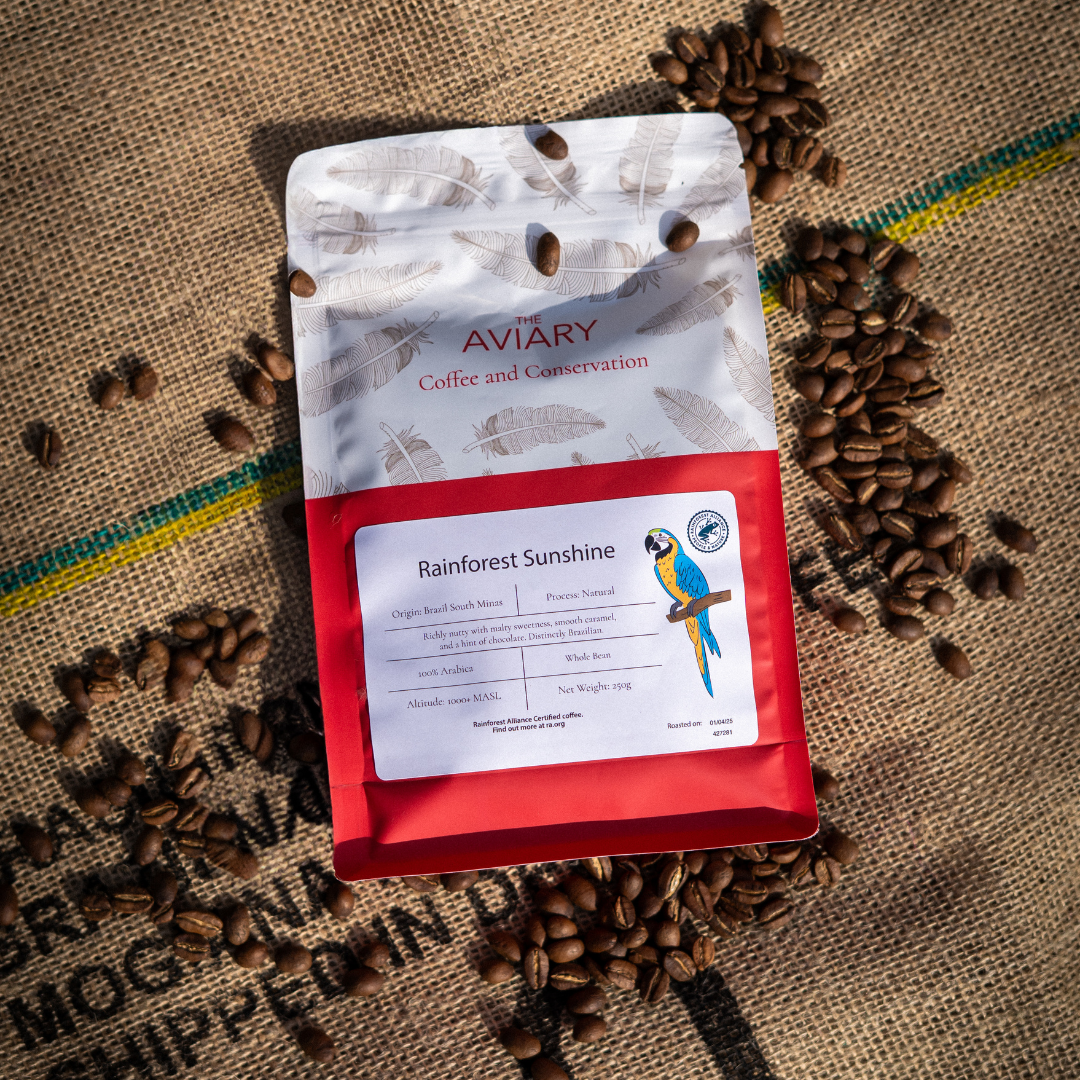
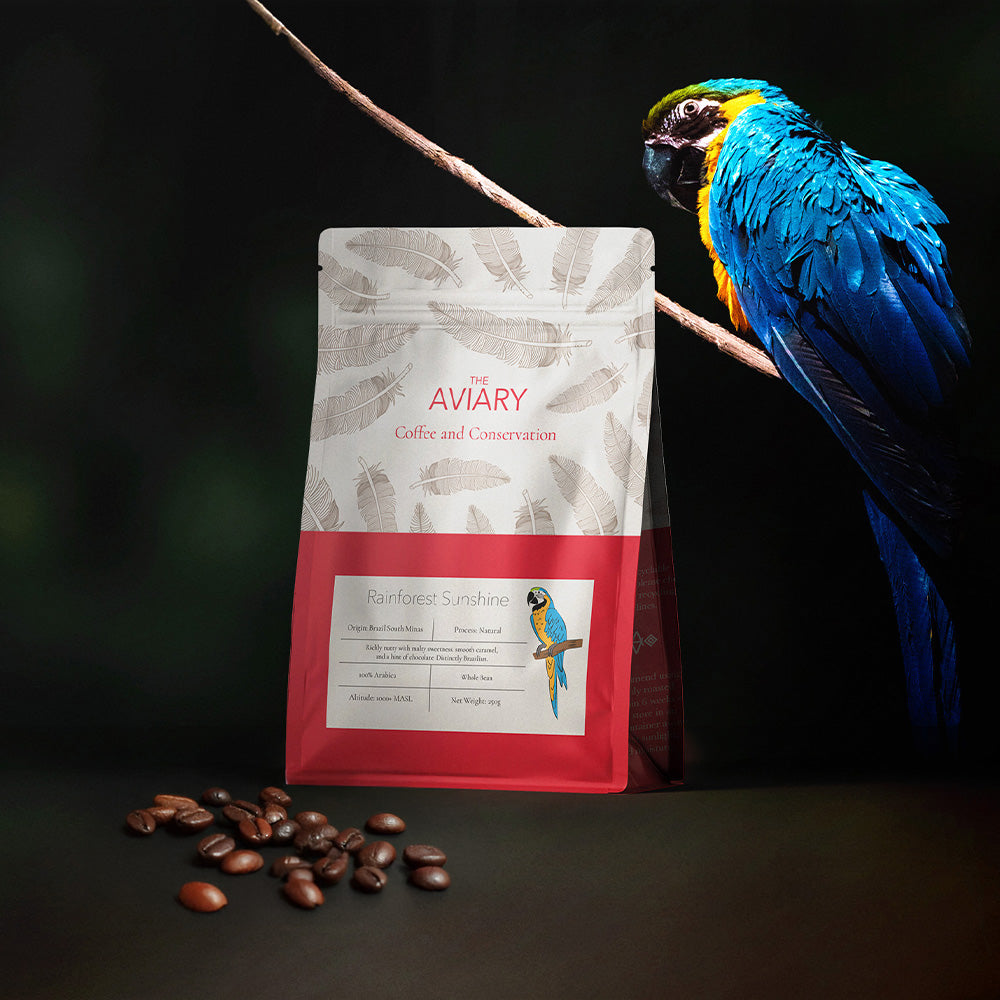

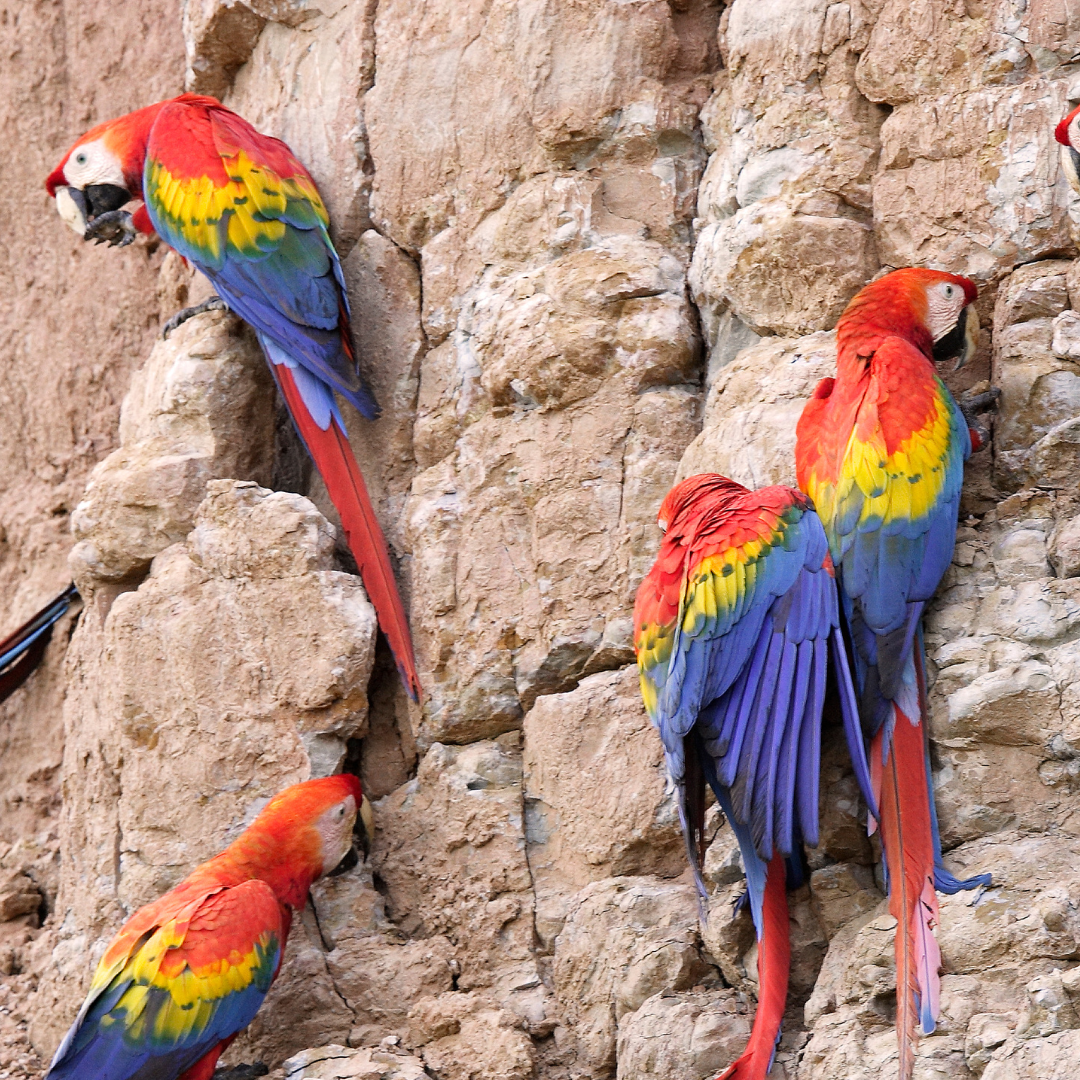
0 comments